Small and elegant wind turbine trees generate energy in urban environments

A French company aspires to change the established perception of ugly and noisy wind generators
A French company aspires to change the established perception of ugly and noisy wind generators
French innovator Jérôme Michaud-Larivière and his company NewWind have created ‘Arbre à Vent’ or ‘Wind Tree’, a 3-meter-tall steel structure featuring 72 artificial leaves, called ‘aeroleaves’. They rotate in the wind in near complete silence, operating as mini vertical turbines. The Wind Tree generates an estimated 3.1 kW of power, a relatively small amount especially when compared to industrial-sized turbines which generate in the region of 1 - 3MW. However, due to the leaves’ small size and weight, they are set in motion by winds as light as 7 kmph (when larger turbines start turning at wind speeds of 13-16 kmph), meaning that Wind Tree can potentially produce power on 280 days each year (in comparison to the 200 days per year that large vertical turbines typically operate).
‘Making use of the slightest breeze, the Arbre à Vent is able to exploit all types of wind, in a 360 degree radius—turbulences, vortexes, drays and other wind phenomena found in urban and rural environments,’ says the company. ‘Urban wind is not very strong, but it is very turbulent,’ says "Arbre à Vent" engineer Julia Revuz. ‘These turbines need less wind to get started and produce around 3kW of energy, which could heat a small home, fuel lights or charge an electric car.’
The trees are designed and constructed to be durable, reliable and lasting in a variety of outdoor conditions. The generators connected to the leaves are sealed in protective casing and each ‘aeroleaf’ is constructed out of lightweight plastic treated with a resin to protect it from humidity and salt (for areas close to the sea). The turbines are wired in parallel so that if one of them breaks down, the others will still function. Prototypes have been installed on several private and public properties and cost about $35,000 a piece, a price expected to lower down when mass production starts. ‘Our technology is in the mini wind turbines (the aeroleaves)’, says Revuz. ‘So we are developing other applications for them. Architects have been in touch and are interested in using them in their work, perhaps on the roofs of buildings. Mini turbines are cheaper to produce and buy than the wind tree.’
Source: CNN
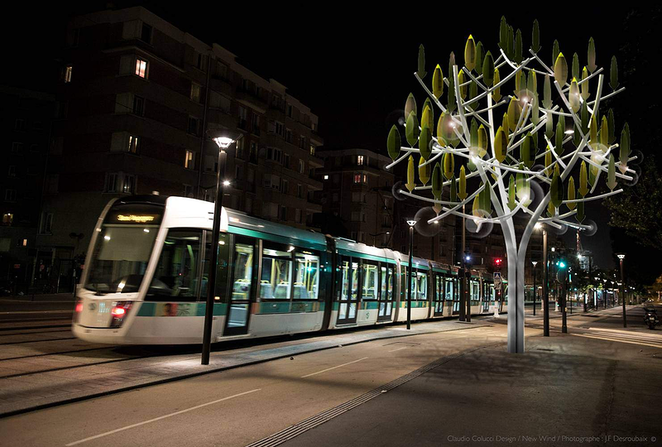
Source: CNN
Want to read more like this story?
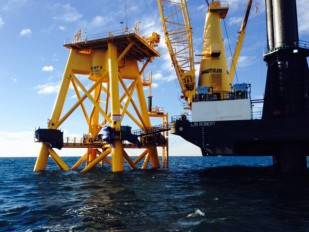
The first offshore wind farm in the US will become operational by the end of 2016
Aug, 16, 2016 | NewsThe project is called Block Island Wind Farm and will supply electric power to 17,000 households...

Wind Turbines On Bridges
Aug, 07, 2015 | NewsPhotovoltaic systems have the advantage of flexibility, since they can be installed in various place...
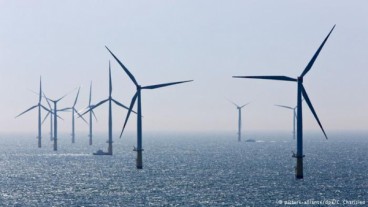
Wind Turbines and Energy Efficiency
Aug, 31, 2015 | NewsThe recalculations of the Max Planck Institute for Biogeochemistry show that more wind turbines don&...

Groundbreaking wind power project: Bladeless turbines
Mar, 24, 2021 | NewsA pioneering design introduces bladeless wind turbines for the production of clean energy. Wind p...

80-meter wind turbine collapses in Northern Ireland
Jan, 14, 2015 | NewsA massive wind turbine has mysteriously collapsed on January 2nd, on Murley mountain in Northern Ire...
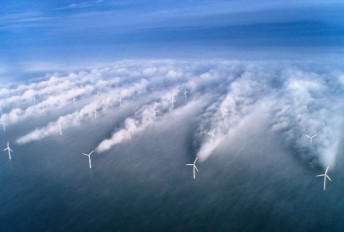
How to manipulate windmills full power in a large wind farm
Oct, 10, 2018 | NewsWind turbines convert the wind's kinetic energy into electrical energy. As wind farms utilize m...
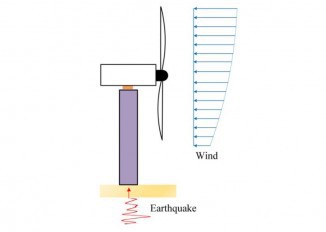
Dynamic response of wind turbines under combined wind-earthquake loading
Sep, 10, 2021 | NewsA new study investigates the combined effect of wind and earthquake forces to assess the dynamic be...
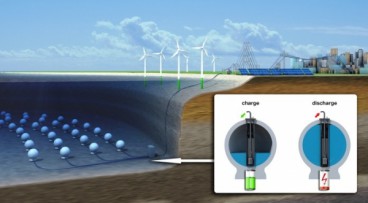
Wind Energy: Storage Balls On The Seabed
Oct, 22, 2015 | NewsThe method that is currently being used to store wind energy is pumped storage: the surplus of wind...

No Other Charcoal! Wind Energy Is Cheaper!
Jun, 15, 2015 | NewsWind energy could provide part of the solution to exit the crisis in Greece, but for such long-term...
Trending

Vertical gardens in Mexico City to combat pollution

Saudi Park Closed After 360 Big Pendulum Ride Crashes to Ground, 23 injured

Characteristics of Load Bearing Masonry Construction

Taipei 101’s impressive tuned mass damper

Dutch greenhouses have revolutionized modern farming

Federal court rules Biden’s offshore drilling ban unlawful


